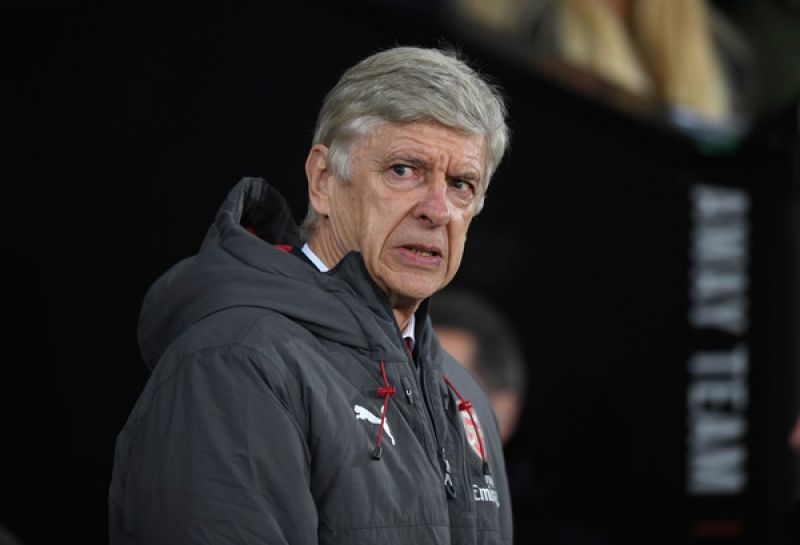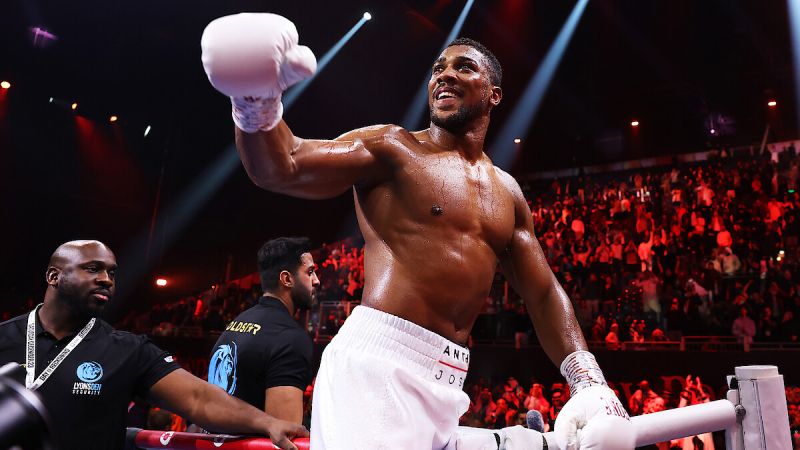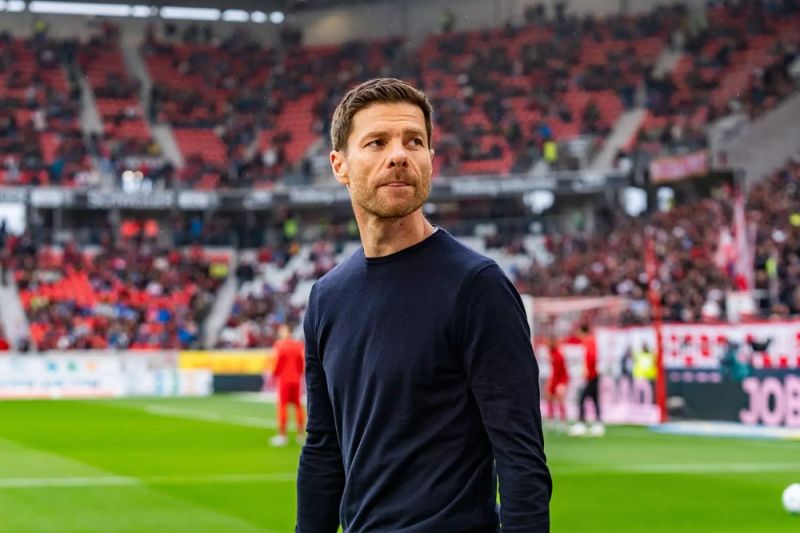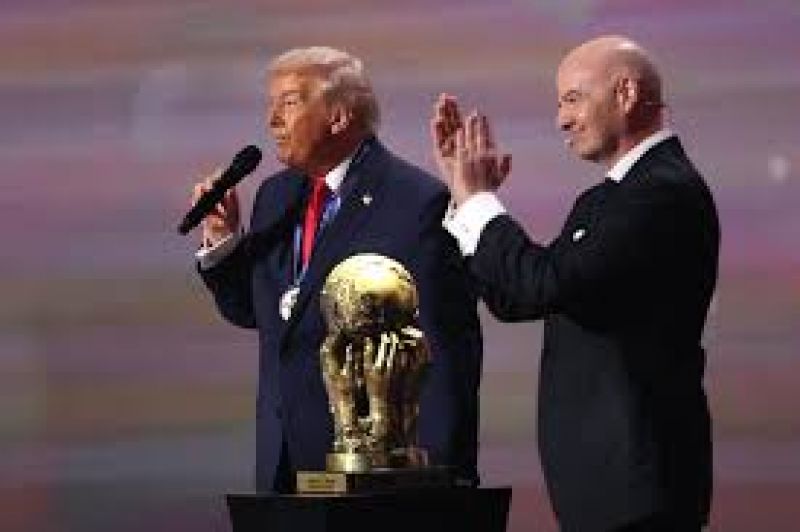By Gabrielle Marcotti on April 21, 2018

Officially, he wasn’t pushed. He jumped. But it's the sort of leap you take into thin air when a group of board members with machetes have chased you to the top of the building and there’s no way out. At some point the haze will clear, the retrospectives will end, the tributes will fade and we’ll be left with one incontrovertible fact.
Arsene Wenger was asked to leave.
Many would argue that it should have happened sooner. Maybe they are correct, but that’s an argument for another time. What matters here are two things.
One is that what became a running meme, the idea of an eternal Wenger refusing to leave the Colney training ground and Arsenal’s shareholders, led by the Kroenke family, appeasing him ad infinitum is no more. The other is that, as The Wall Street Journal reported Friday morning, Wenger chose to announce his exit on his own terms rather than “suffer the ignominy” of being fired at the end of the season.
Realistically, there were three scenarios for Wenger. Stay until the end of the season, perhaps win the Europa League along the way and then announce his departure, one of those “mutual consent” deals that clubs use to mask sackings. Another was hanging in there by his fingernails and getting the metaphorical bullet come the end of May. The third is the path he chose after it became clear to him that nothing, not even a European trophy and a return to the Champions League, was going to change Arsenal’s collective mind to get rid of him.
Out of the three paths available at this fork in the road, he chose this one – announcing his departure now – in part to eliminate the uncertainty over the club’s future. It’s no secret that there's a (well-founded) belief around the club that last season’s speculation and indecision did them no favors. It hurt them on the pitch, and it weakened their negotiating position regarding their two star players: Alexis Sanchez, who eventually moved to Manchester United, and Mesut Ozil, who did extend his contract albeit with a massive raise.
Wenger'’s announcement accelerates the transition process and removes the question marks. In some ways, it’s his parting gift to a board that has steadfastly backed him for the past decade until it felt it could do so no more. In other ways, by all indications, it was an extremely painful step for him to take.
It was also no coincidence that when Arsenal chief executive, Ivan Gazidis, addressed the media on Friday evening, Wenger was not present.
This is not just a man who has known only one club and one environment for the past 22 years; it’s a man who built the ecosystem in which he existed. The stories of the sort of club Arsenal were when he took over are legion. He built the London Colney training ground, he helped design key details at the Emirates Stadium and he micromanaged everything down to the players’ diets, which went from the potato chips and bacon sandwiches so prevalent in the English game in the 1990s to the pasta, salmon and steamed vegetables we see today.
Wenger built London Colney just as he built the modern Arsenal, and now he is no longer needed or wanted. That’s a punch in the gut, no matter how reasonable or inevitable it might have been and no matter how long it had been coming.
Some will ask: why did it take so long? According to sources familiar with the situation, the issue of his exit goes back several years, with the Kroenke family itself split over how to proceed. Ultimately, Stan Kroenke (just two years older than Wenger) pulled rank and opted to keep him. The two men might be wildly different, but those who know him say the elder Kroenke long felt a certain affinity with the Frenchman.
That said, according to my sources, the situation had become unsustainable. Other than 2015-16, when Tottenham’s late-season collapse allowed him to sneak into second place, 10 points behind Leicester, he had not finished higher than third since 2004-05 and hadn't reached the quarterfinals of the Champions League in eight seasons.
For a long time, conventional wisdom had it that Kroenke – who has never hidden the fact that he is, primarily, a businessman – was content with Champions League participation (the “top four trophy” for which Wenger was so often mercilessly derided) as long as the revenues rolled in and the EBITDA looked good.
But recent events threatened to hit Kroenke where it hurts: in the wallet. The Ozil/Sanchez fiasco was one example, but, more than that, the Wenger protests and the empty seats at the Emirates were threatening the Arsenal brand.
This is the club with the biggest, most modern ground in one of Europe’s great capital cities. It oozes power and privilege; it's the club of the marbled halls and the Invincibles, the one with a London tube stop named after it. In a world where clubs so often rely on image and brand to drive revenues, especially overseas (Manchester United being Exhibit A), Arsenal risked slipping behind.
The process to move on from Wenger began earlier this year. Dick Law, the recruitment specialist and Wenger loyalist, departed, and Raul Sanllehi and Sven Mislintat arrived. These were men formed elsewhere, at Barcelona and Borussia Dortmund respectively, who brought a different sporting outlook and culture. They were not Wenger guys; he might have accepted their appointments, but they spoke to a changing of the guard.
Equally, the signing of Pierre-Emerick Aubameyang in January spoke volumes: he was repeatedly offered to Arsenal in the summer but Wenger opted for another center-forward, Alexandre Lacazette, instead. When the Dortmund striker showed up at the Emirates anyway, it was the most obvious sign that it was the beginning of the end.
Still, Wenger hung on. He had been given a two-year contract extension last summer; he figured he could work with the newcomers and find a way to square the circle. The future had not yet been written, only hinted at. With a strong 2017-18 season, a run at the Europa League and some new talent emerging, perhaps everything would be fine.
The club felt this was not the case. They made it clear that, one way or another, he would be replaced. Arsenal was bigger than Arsene. He might have built this home, but someone else will be living there very soon.
And so he spoke out now, to lift the cloud of uncertainty and speculation while also giving the club – and himself – the best possible chance of going out on a high.
Wenger has no idea what will happen next. (ESPN)
•Photo shows outgoing Arsenal Manager Arsene Wenger
Source Daily Sports
Posted April 21, 2018
You may also like...

Doping: Federation bans athletes

World Cup ticket: Resignation of Algeria’s coach does...

Enyimba Coach Explains Pyramids Defeat

Liverpool reject reports that club is for sale...

Friendly match: Super Falcons beat Naija Ratels 2-1...

Coach attributes Kano Pillars’ Handball Premier League victory...

 Khan warns Paul ahead ‘life-threatening’ Joshua fight
Khan warns Paul ahead ‘life-threatening’ Joshua fight Emery's perseverance & belief key to Villa resurgence
Emery's perseverance & belief key to Villa resurgence Agu backs Okoye for Eagles No. 1 spot
Agu backs Okoye for Eagles No. 1 spot PFL contract ends soon - Ngannou
PFL contract ends soon - Ngannou 'No-one downing tools' - Alonso's stay of execution despite loss to Man City
'No-one downing tools' - Alonso's stay of execution despite loss to Man City Zaha in Ivory Coast Afcon squad but Adingra left out
Zaha in Ivory Coast Afcon squad but Adingra left out UCL: Mbappé doubtful for Manchester City clash after missing training
UCL: Mbappé doubtful for Manchester City clash after missing training 'Give Alonso time' - but Man City visit could be pivotal
'Give Alonso time' - but Man City visit could be pivotal Fifa accused of breaching own rules with Trump award
Fifa accused of breaching own rules with Trump award Son, Simons and mini Spurs revival lift Frank's spirits
Son, Simons and mini Spurs revival lift Frank's spirits Finidi challenges Rivers United players’ mentality
Finidi challenges Rivers United players’ mentality Rangers International going, going . . . (63,402 views)
Rangers International going, going . . . (63,402 views) Amaju Pinnick: A cat with nine lives (54,646 views)
Amaju Pinnick: A cat with nine lives (54,646 views) Second Term: Amaju Pinnick, Other NFF Heavyweights Home to Roost •How Pinnick Broke the Jinx (52,587 views)
Second Term: Amaju Pinnick, Other NFF Heavyweights Home to Roost •How Pinnick Broke the Jinx (52,587 views) Current issues in Nigerian sports: Matters arising (52,221 views)
Current issues in Nigerian sports: Matters arising (52,221 views) Sports Development: Zenith Bank on the zenith (52,194 views)
Sports Development: Zenith Bank on the zenith (52,194 views) Missing $150,000 IAAF Grant: Solomon Dalung’s Hide and Seek game (52,105 views)
Missing $150,000 IAAF Grant: Solomon Dalung’s Hide and Seek game (52,105 views) Gov. Abdullahi Ganduje’s solid footprints, commitment to sports development in Kano State (51,950 views)
Gov. Abdullahi Ganduje’s solid footprints, commitment to sports development in Kano State (51,950 views) NFF Presidency: Pinnick, Maigari, Ogunjobi, Okoye in Battle for Supremacy (51,535 views)
NFF Presidency: Pinnick, Maigari, Ogunjobi, Okoye in Battle for Supremacy (51,535 views) Olopade, BET9A wave of revolution in NNL (50,676 views)
Olopade, BET9A wave of revolution in NNL (50,676 views) Commonwealth Games 2018: Shame of Muhammadu Buhari, Solomon Dalung (49,224 views)
Commonwealth Games 2018: Shame of Muhammadu Buhari, Solomon Dalung (49,224 views) Ibrahimovic’s Man U exit: Whose decision is it? And in whose interest? (47,618 views)
Ibrahimovic’s Man U exit: Whose decision is it? And in whose interest? (47,618 views) John Mikel Obi: Segun Odegbami’s Outrageous Call! (47,090 views)
John Mikel Obi: Segun Odegbami’s Outrageous Call! (47,090 views)